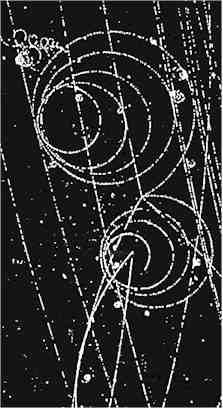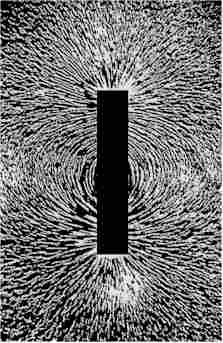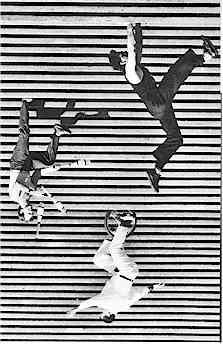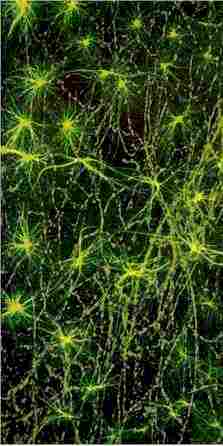Essay by Valerie Paulsen
I can remember wondering, as a child, how big the world was. I imagined myself traveling far away, until I reached the end of everything. There I encountered an impenetrable wall that reached in all directions as far as my mind's eye could see. In an instant, I realized there must be something on the other side of the wall. That there would always be something on the other side, no matter how far away the "end of everything" might be.
Years later, while revisiting one of those mental journeys, I was jolted by a staggering realization. For one galvanizing moment, my mind reeled. The inconceivable thought that confronted me would forever change my view of reality.
The vision appears only with great effort. It sweeps through my mind like an electric shock, and is gone. I once had a friend who saw it too, a long time ago.
Unlike my original journey, the vision is three-dimensional. My mind sees a cosmic view of the endlessly receding expanse of the universe, but that in itself is ordinary. The vision is that infinity can never be a boundary - and space cannot exist without one! The paradox is startling, and causes a feeling of vertigo as the thought slips away.
The vision cannot be adequately described with words. To see it, you must think visually. Clear your mind of all verbal dialogue and concentrate outside yourself. Focus visually on the idea that everything goes on forever in all directions, and try to take it to its limit.
If you succeed, you will see that the three-dimensional world in which you live must surely be a deception. If you think you "get it", but are not completely sure, then you don't. The effect is not subtle.
You might try to dismiss this by saying the human mind cannot comprehend infinity. Or perhaps you believe that the universe closes on itself in a fourth dimension, and is therefore not infinite. If so, I ask that you temporarily set aside your skepticism, and read on:





